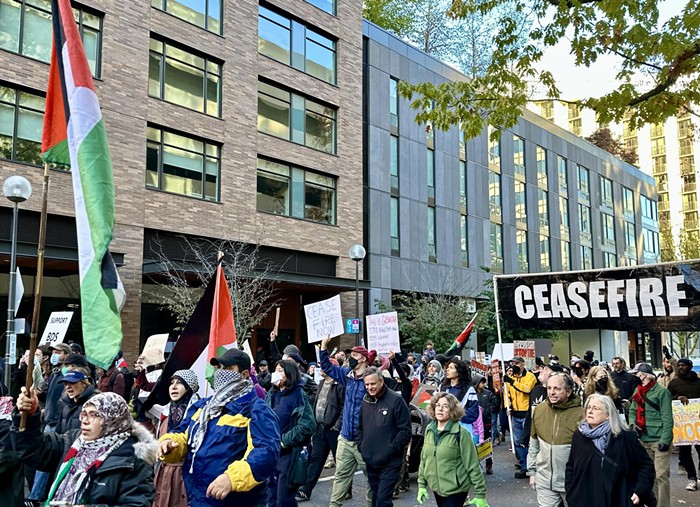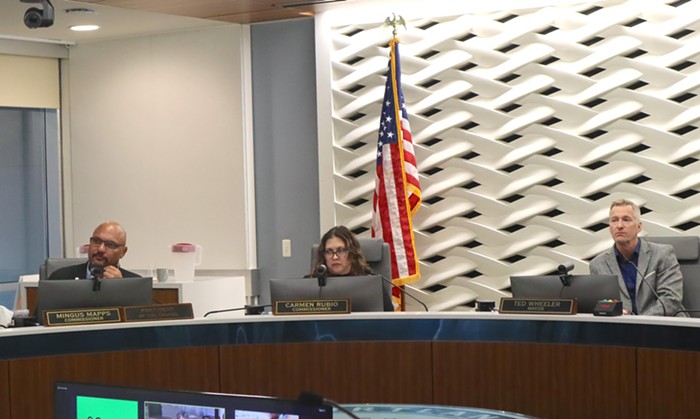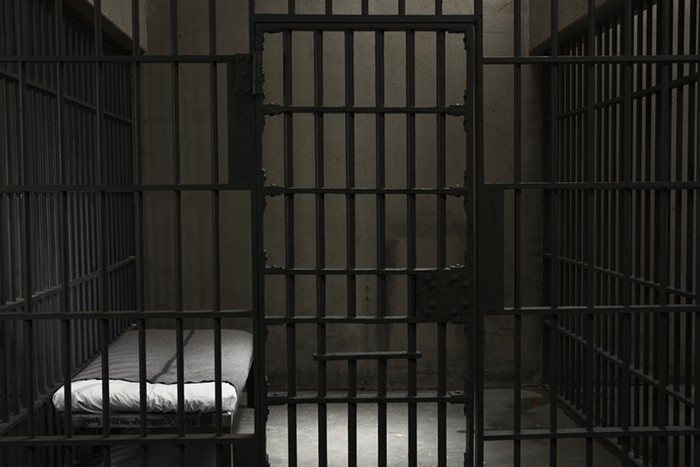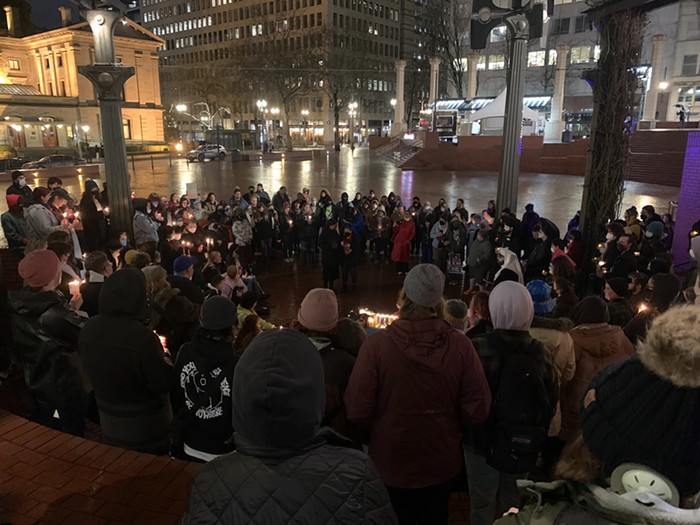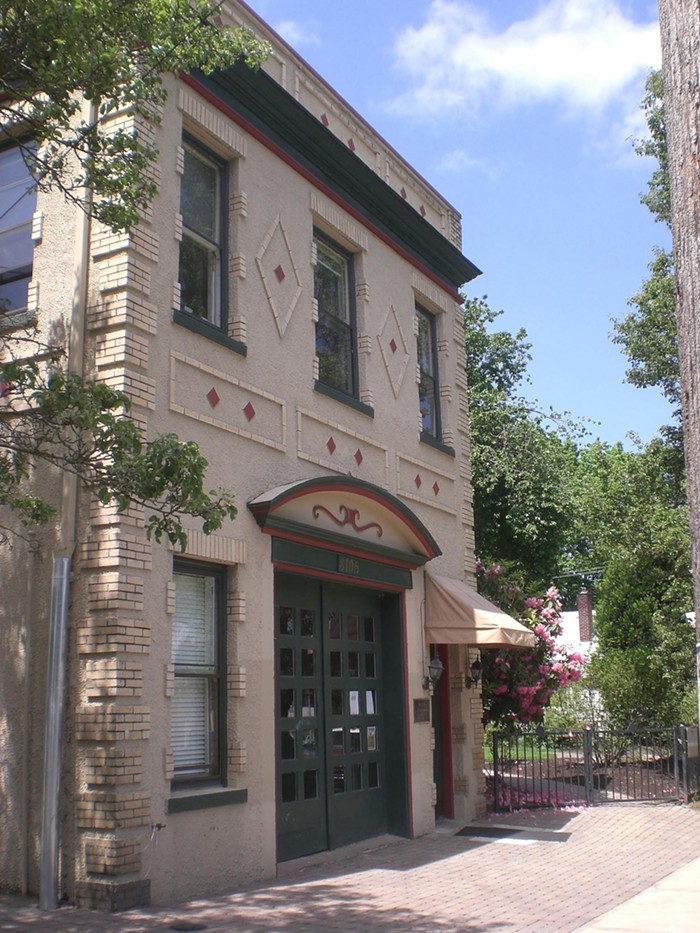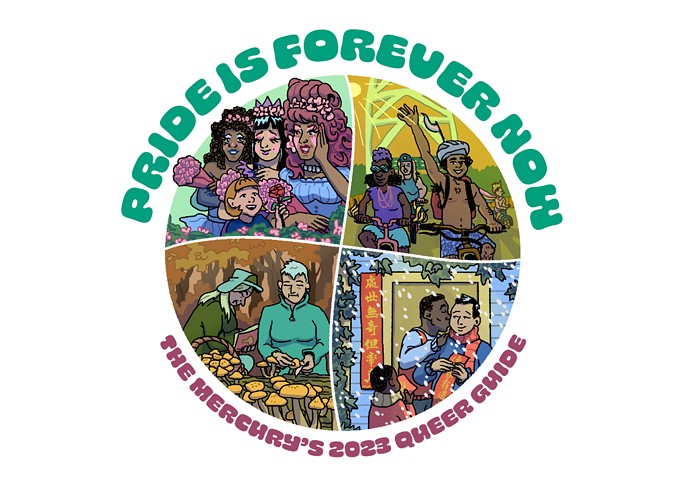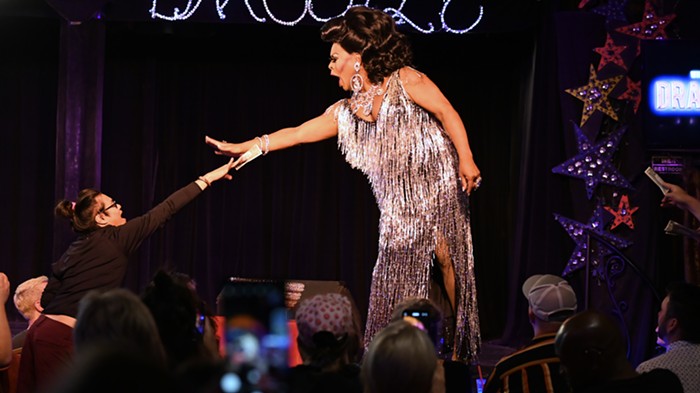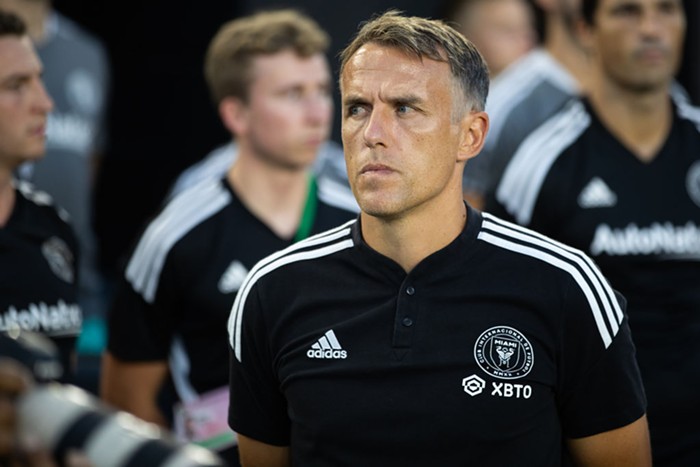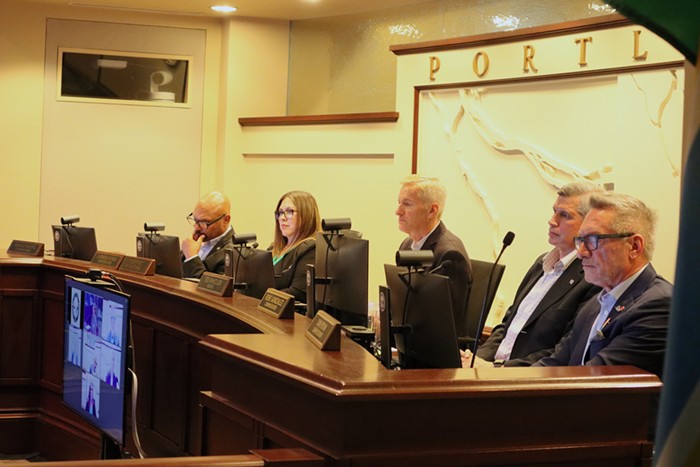In the last month, Portland Police have counted over a dozen gang-related shootings, and six of those took place in the week following July 4th. Portland had a 34 percent rise in gang violence in 2001--this surge of activity being the highest since 1995.
The shootings began with a drive-by on NE Jarrett Street, resulting in two injuries. Shots were fired at a house on Kerby Avenue the next morning, and on July 8, a victim was shot in the face at NE 14th Place. He survived, but the bullet lodged in his throat. The following day, there was a shooting on 17th. Last Wednesday, two separate shootings at a convenience store parking lot on MLK Blvd left one victim with a leg wound. So far, no arrests have been made in any of the shootings.
Sgt. Neil Crannell, supervisor of the Portland Police Bureau's Gang Enforcement Team, explained that one reason gangs are so strong right now is due to budget cuts to gang enforcement funds. "This is not something the police can do by themselves," Crannell explains. The team, previously staffed by four officers, is now down to two, due to city budget cuts.
"It affects us in a major way, because we don't have people making contact with gangsters," said Crannell. Gang problems began in Portland in 1986, Crannell says, when Los Angeles Bloods and Crips merged with local gangbangers in NE. Right now, he said, black gangs are "hot" in Portland, and Latino gangs are more active in Gresham.
But while the Gang Enforcement Team is limping along, anti-gang efforts have seen some success on a community level. Captain Mike Crebs now supervises a program in the Portland Public Schools, made possible by a federal grant. This allowed the division to add five officers in the schools, bringing the total to 15. "With the additional bodies, we can do a survey analysis of the schools to deter crime, instead of just running from call to call," Crebs explains.
The new program allows officers to visit classrooms and build relationships with kids, allowing them to see police as more than a badge, a uniform, and a gun.
Programs are also finding some success in the religious community. After being abandoned by his mother and growing up in foster care, former gangster James Demry joined a gang at the age of 12. Rev. Robert Richardson, however, eventually helped guide him out of the gang life. Richardson is the executive director of Emanuel Community Services (ECS), a nonprofit organization addressing gang and youth violence. The program began in 1988, when "Los Angeles had moved across the street," said Richardson. "Shootings were at an all-time high. One hundred and seven shots were fired within a week," he recalls. "Our pastor decided we'd rather do more than funerals."
ECS is a partner in Neighborhoods Approaches to Community Outreach (NACO), a three-pronged team addressing gangs of all races. Richardson says their hands-on approach works because "there's a human element that thrives in everyone."
Indeed, Demry says he joined a gang because he was looking for love. "You want to connect with something that gives you love. [The gang] encouraged me," he says. "They wanted me to do well, but those things weren't productive." In 1988, 17-year-old Demry was sentenced to 10 years in prison for participating in Portland's first drive-by shooting.
Today, Demry--now 31--volunteers for a midnight basketball program in NE Portland. He spends nights at home with his 18-month-old daughter, and is saving for college to become a counselor for at-risk youth.
Despite these small victories, everyone involved warns that these programs are only making a dent in the problem. "We have schools being attacked financially and academically. When you cram classrooms, and kids don't get assistance and support, they lose interest," Richardson explains. "And streets are always recruiting."
